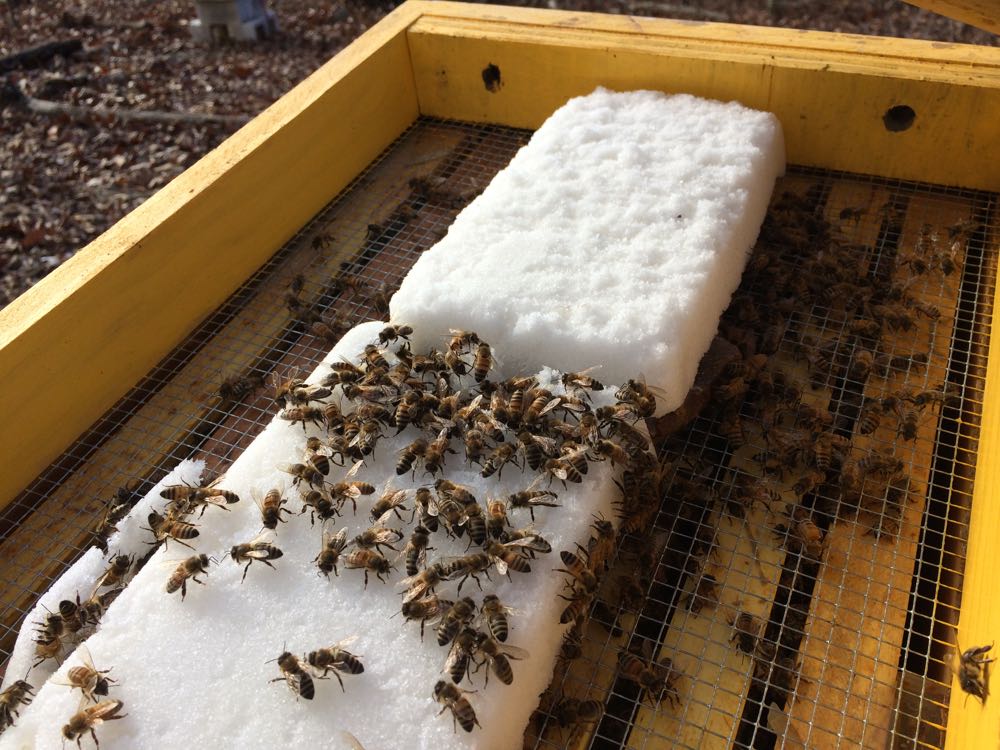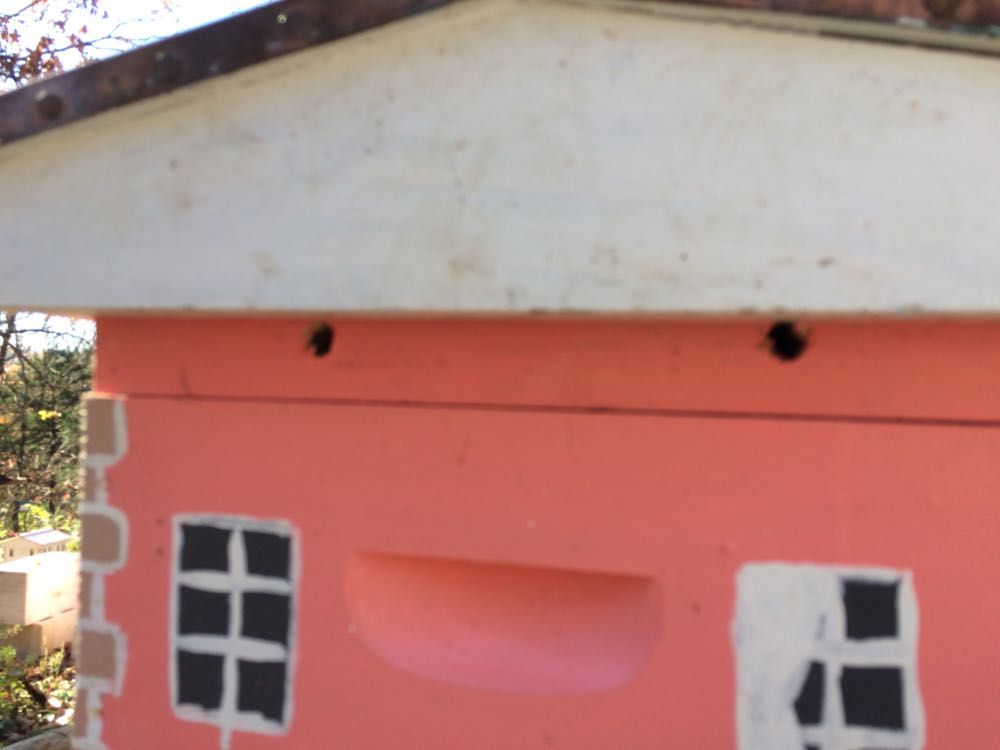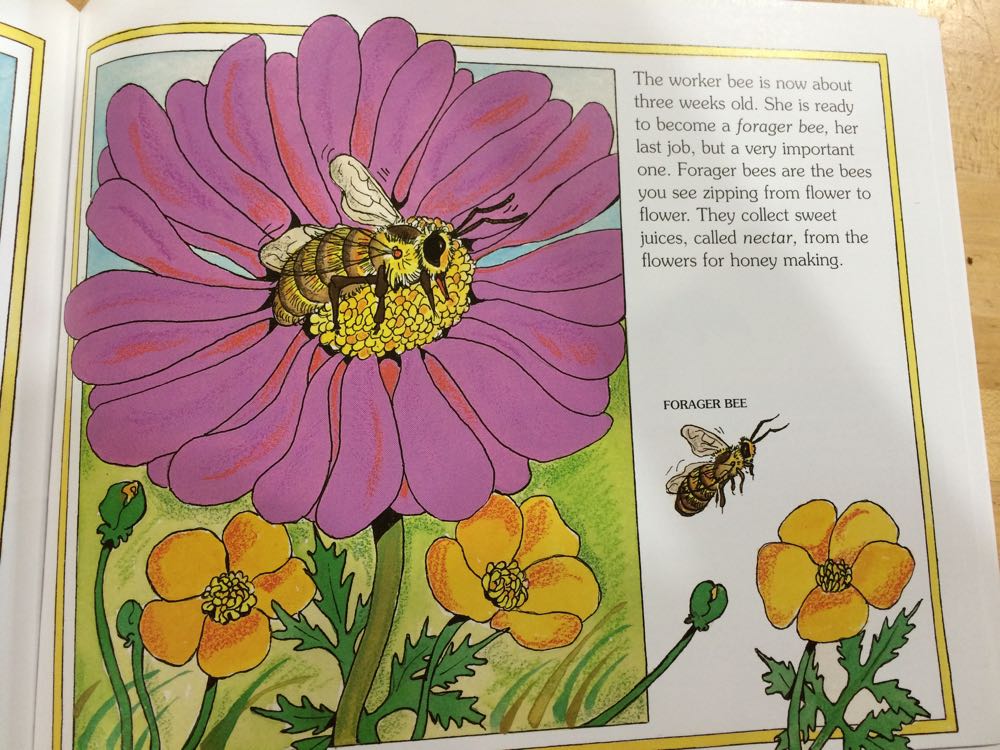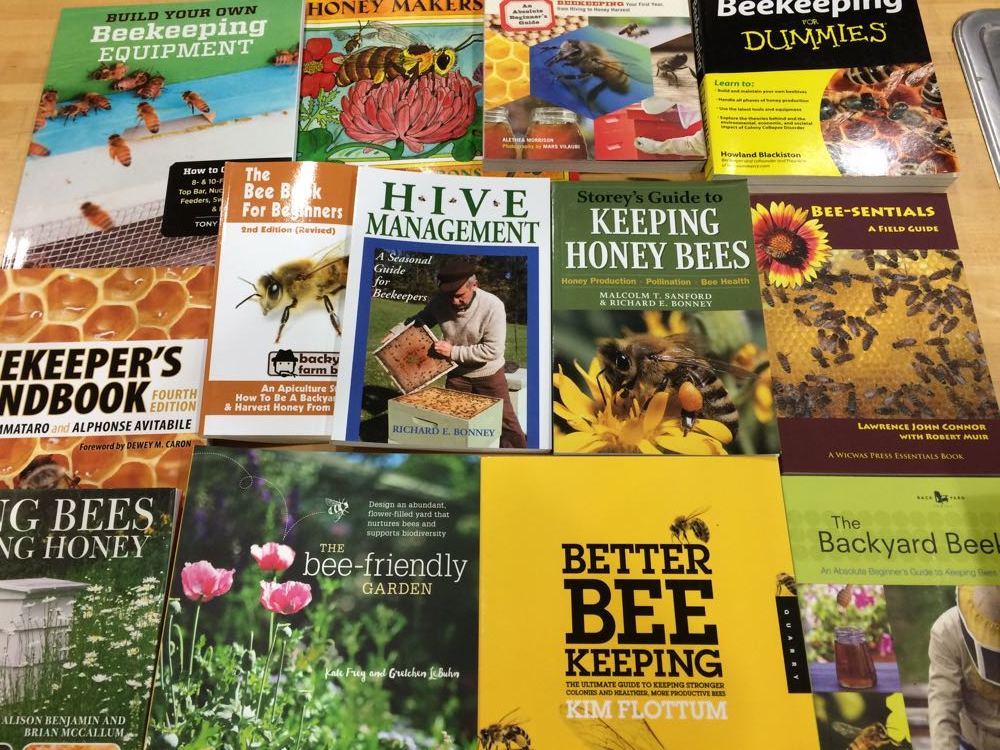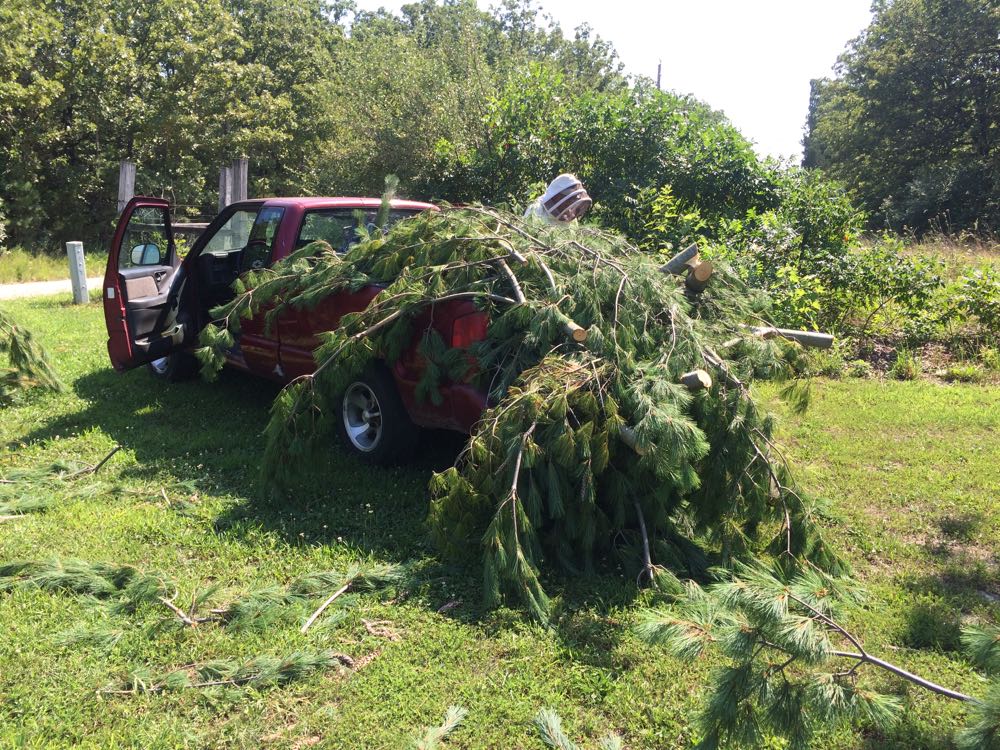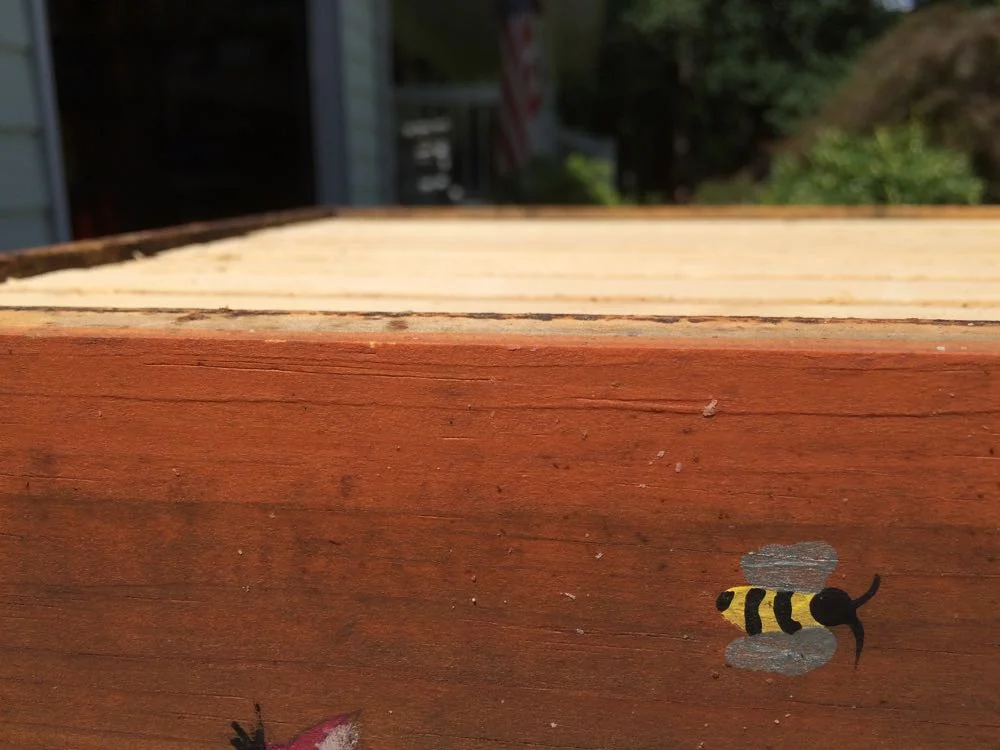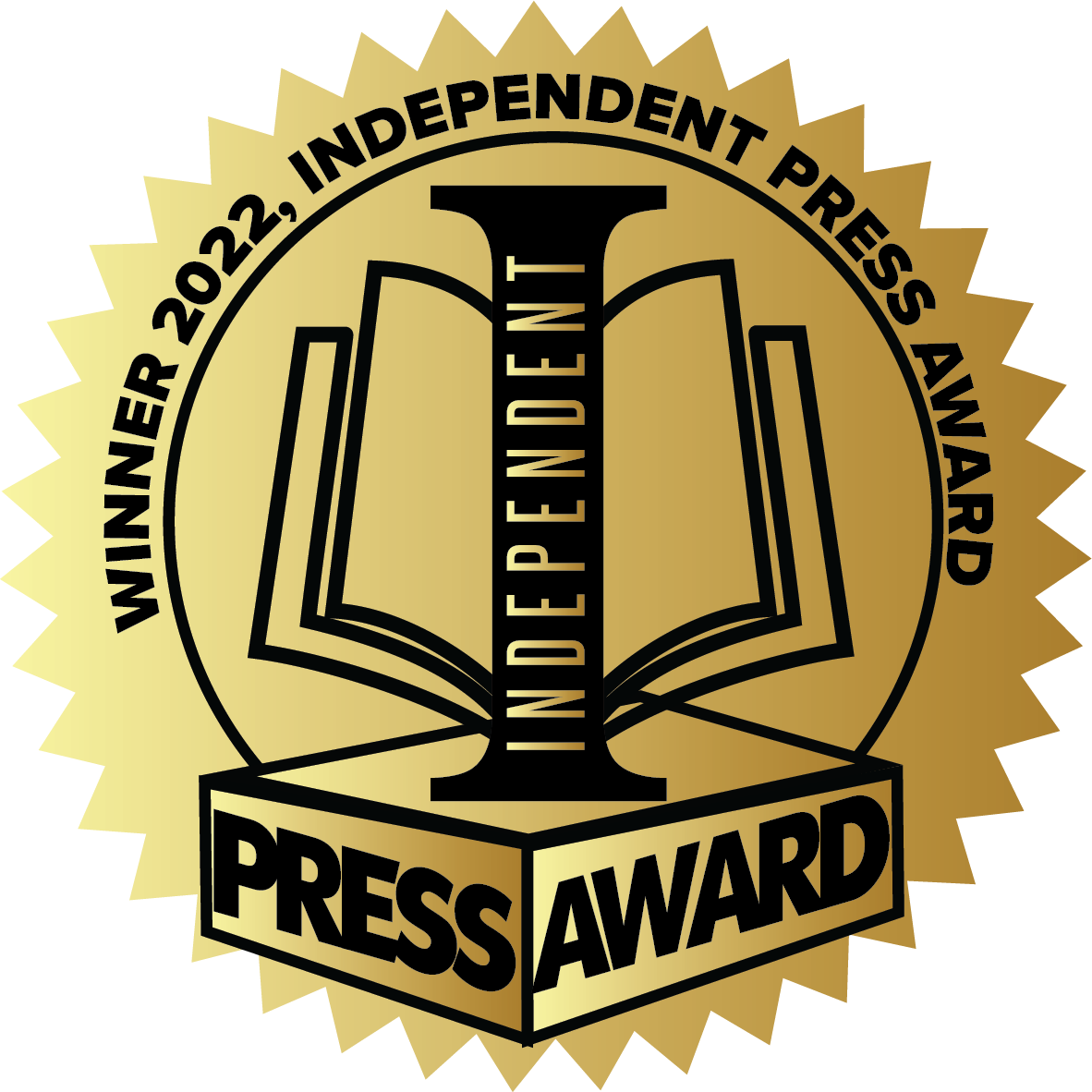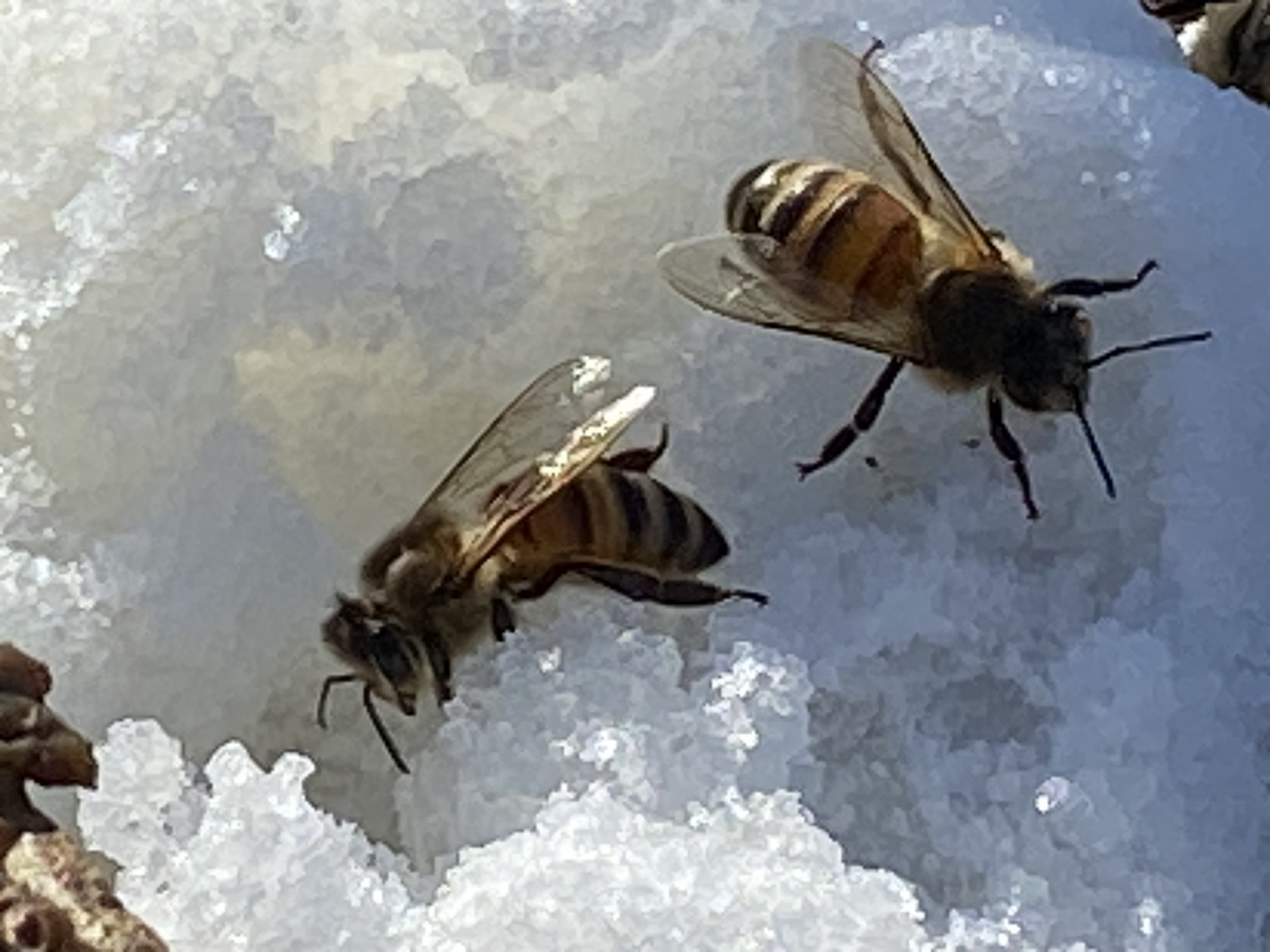Candy Cane Bee Food
/These peppermint candy canes were marked down after Christmas and priced at .54 cents a box.
Candy Cane Bee Food
"I read this somewhere" - a popular way some beekeepers start their latest tip or experiment. For me, it was something I read over the holidays from other beekeepers talking about how they help their bees through winter.
It's been a very odd winter in Missouri. Weather conditions have varied a lot, swinging some weeks from record high temperatures for the season to more typically cold, winter conditions. Over the weekend, a weather forecaster said our Missouri winter temperatures this year, on the average, has been 10 degrees higher. That explains why my bees, and some of my trees and shrubs, have been showing signs of new growth earlier than usual.
Most bee colonies don't die from cold, they die from humidity, pest and diseases, and starvation. Having lost a colony several winters ago to starvation, I decided that was not going to happen if there was something I could do about it.
This year, with a record warm winter, my bee colonies have been out flying, using up their winter honey stores at a much faster rate than they have in the past. I have been giving them sugar patties I make to supplement food supplies, I started at Christmas, almost 2 months earlier than I usually feed them the extra food. I also read that peppermint candy canes make for good emergency food and picked up a box on sale.
It does make sense. Candy boards, another way to make winter bee food, are homemade candy, like candy canes. The peppermint is an essential oil from herbs, which bees love in their natural form. Some people also have told me peppermint oil is also a hive pest deterrent.
Okay, so I spoil my pets. And yes, that includes my honeybees.
Charlotte





